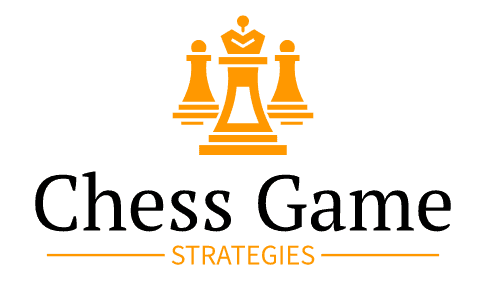
Chess Strategies Guide : Section 2 (Studying the Pawns)
Section 2, of the Chess Strategies Guide, focuses on Studying the Pawns: looking at Structure, Formations, Strengths, Weaknesses, etc.
In this section, issues surrounding the Pawns have been grouped into specific categories:
- Advanced Pawns
- Center Pawns
- Flank Pawns
- Passed Pawns
- Pawn Majorities
- Weak Pawns
Advanced Pawns

Any Pawn which makes it to its 5th Rank (thus into enemy territory), or beyond, is considered to be an Advanced Pawn.
Pawns become STRONGER the closer they get to the enemy’s Back Rank, but remember that’s providing they’re not “weak” (e.g. Isolated Pawns).
In this section, you’ll find out more about the different types of Advanced Pawn structures that are considered advantageous …
Topics include:
- Advanced Pawns (in general)
- Advanced Chains
- Advanced Salients
Center Pawns
The Center Pawns are those that start the game on the Center files (d & e, respectively).
Here, we look at issues concerning the Center Pawns …
Topics include:
- Kotov’s Five Pawn Centers
- Pawn on 4th Rank v. Pawn on 3rd Rank
- (Pawns) Two Against One In The Center
Flank Pawns
Either side of the Center Pawns you’ll find a group of three Pawns on each Flank (Kingside & Queenside, respectively).
Flank Pawns have their own concerns: Some will be needed to defend your Castled King, while the remaining bunch of slackers get pushed towards either glory or martyrdom or ignominy, or something …
Topics include:
- Mobile Pawn Wing
Passed Pawns
A Pawn is considered to be a Passed Pawn, providing it has no enemy Pawns either in front or on adjacent squares.
All Passed Pawns are considered to be an asset, though some are more desirable than other structures …
Topics include:
- Passed Pawns (in general)
- Outside Passed Pawns
- Protected Passed Pawns
Pawn Majorities
Here we look at each side of the board in isolation (Kingside or Queenside).
For instance, looking at the Queenside only, if there is an imbalance of Pawns, then whichever army has the greater number of Pawns has a Queenside Pawn Majority (e.g. one army has 3 Pawns, versus the opponent’s 2 Pawns).
Topics include:
- Qualitative Pawn Majority
- Offside Pawn Majority
Weak Pawns
All of the other groups of formations and structures mentioned on this page, from Advanced Pawns to Pawn Majorities, are advantages to strive for.
The following selection of Weak Pawns, however, are structures you’ll mostly want to AVOID, where possible …
Topics include:
- Backward Pawns
- Doubled Pawns
- Isolated Pawns
- Hanging Pawns
- Hanging Phalanx
- Crippled Majority Wing






